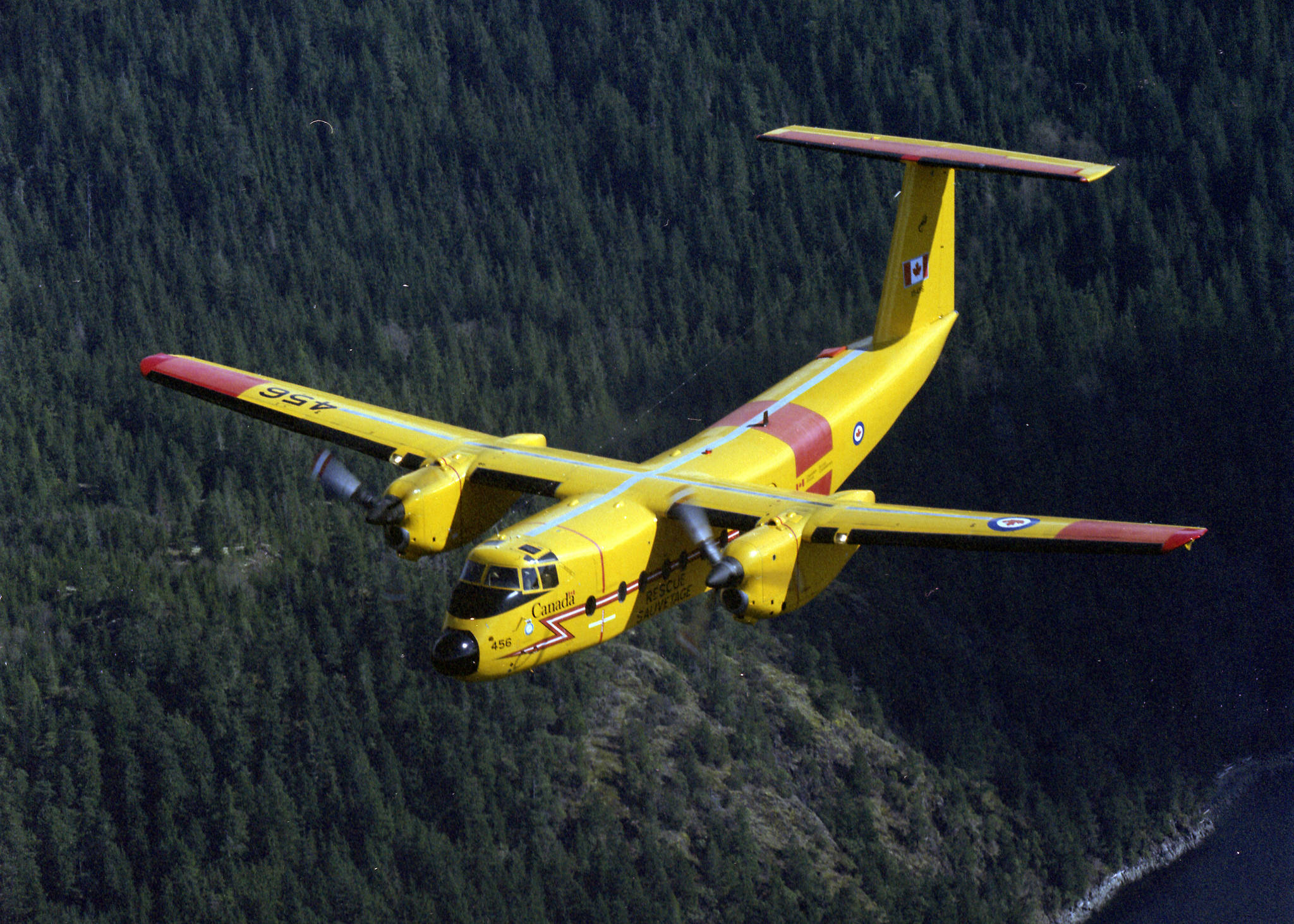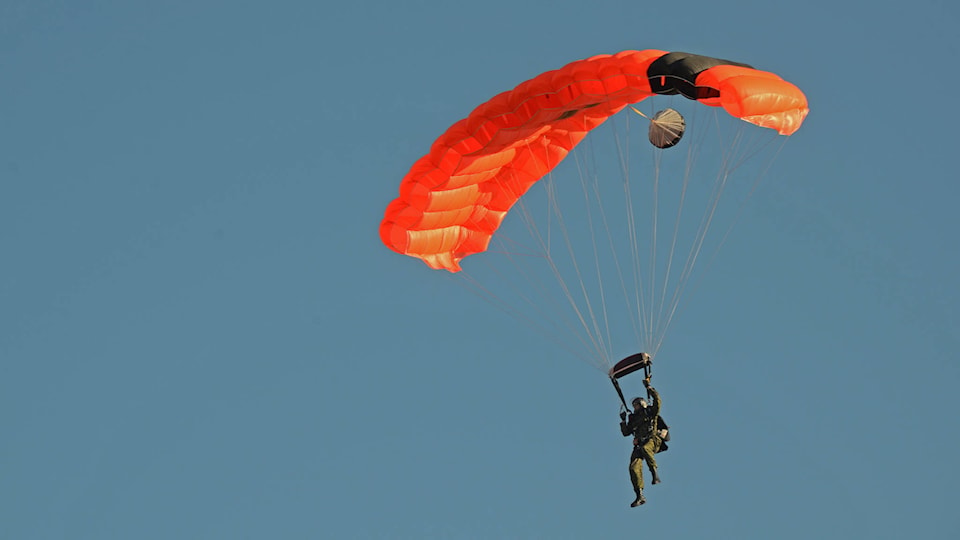The sight of small planes or jets flying high are common in the Shuswap, but the presence of two large, low-flying airplanes this week sparked a great deal of chatter.
On Tuesday evening, a large, grey, military-looking plane sparked a great deal of online interest, with some viewers posting photos of a plane similar to what they had seen in the sky.
Jason Ursulak was driving along Christison Road near Grassroots Dairy around 5 p.m. Tuesday, April 9, when his daughter suddenly said, “Wow! There’s a big plane.”
Read more: Firefighters perplexed by mysterious smoking plane flying over the Shuswap
Read more: Not too young to take flight
“It was flying very low, lower than Mt. Ida, and flying into Salmon Valley,” Ursulak recalled. “I thought what the heck is going on.”
Staff in the public affairs office at 19 Wing Comox on Vancouver Island, examined the photo and noted the plane appears to be a Lockheed C-130 Hercules.
“At this image resolution it is difficult to determine if it is an RCAF aircraft,” reads an April 12 email.
CC-130H Hercules aircraft are operated by 435 Transport and Rescue Squadron located at 17 Wing, Winnipeg, which responds to search and rescue incidents in Quebec, Ontario, Manitoba, Saskatchewan, Northwest Territories and Nunavit.
“They do train a lot – almost every day, and they don’t have mountains in Manitoba,” said the spokesman, who did not provide his name.
“They fly low to learn to navigate by following ground features; it’s an important feature of their training.”
The identification of another large plane flying above Salmon Arm is easily verified.
A bright yellow CC-115 Buffalo flew over Salmon Arm Airport about 11 a.m. Wednesday, April 10, says airport manager Keith Watson.
He says the plane did a few circuits above the airport as it does a couple of times a year, two SAR techs (Search and Rescue Technicians) jump out, the plane lands, picks them up and off they go again.
“I never know when they’re coming and they never stop or come in,” Watson said.
The public affairs spokesman from Comox said it’s normal for the squadron to fly search and rescue crews across B.C. on a daily basis to become familiarized with the terrain in case of an emergency.
The Buffalo carries two pilots, a navigator, two SAR techs and responds anywhere in B.C. and the Yukon.
“There’s always a full crew,” he added, noting if trouble arises during a training run, the plane can be diverted immediately without having to return to Comox.
Canadian Forces Base Comox uses CC-115 Buffalo aircraft and CH-149 Cormorant helicopters to carry out search and rescue operations in the busiest region in Canada, stretching from the B.C.-Washington border to the Arctic, and from the Rocky Mountains to 1,200 kilometres out into the Pacific Ocean.
Read more: Shuswap plane missing since 1987 discovered near Clearwater
Read more: VIDEO: Nearly 20 planes search for aircraft that went missing en route to Kamloops
The Cormorant can operate in some of the most severe conditions, making it ideal for Canada’s challenging geography and climate and has been used to rescue injured mountain climbers, lost hikers and crews of ships in distress, among other challenging rescues.
The large capacity Hercules can respond to search and rescue emergencies on almost any terrain and under the most challenging weather conditions.
@SalmonArm
newsroom@saobserver.net
Like us on Facebook and follow us on Twitter

